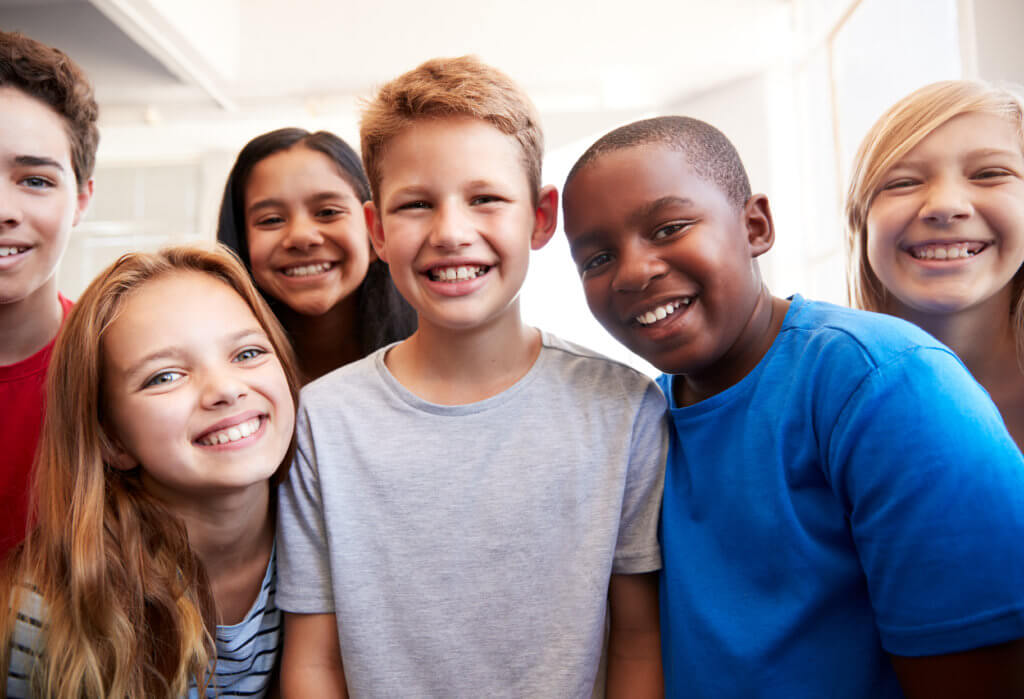When you get on an elevator with a group of people there are often unspoken rules of the group to make as little eye contact as possible and to face the door, or today, just look at your phone. Now, try getting on an elevator and putting your face in the back corner, or even try initiating conversation. You will probably notice slight discomfort from the other passengers and if you could actually get inside of their heads, they are probably thinking something like “wow, what’s up with this guy?”, or “just get me off this elevator”. This is because you have violated the group plan of a normally unobtrusive ride in an elevator. In a sense- you disregarded their goals.
You probably don’t even think twice about what the group plan is referring to. This is the goals and expectations that two or more people are trying to accomplish. Understanding the group plan is essential anytime you are participating in society, collaborating on a project, in a classroom, playing a game, or simply in the presence of another person. Now, a lot of times a child or even an adult may be seen as having a behavior problem, when in reality, they just don’t understand the group plan or the motives of other people. No one ever really tells you that you are supposed to be behaving on a common plan, this is just knowledge that you are apparently supposed to know. Well, truth be told, most kids start to develop this WE thinking by their first birthday. But what about kids diagnosed with ASD, Asperger’s, or ADHD? These kids are not neurologically wired to think in terms of “we”, or collaboratively, but instead, in terms of “me”. They often never really understand that “we are all supposed to be getting on a common plan”. Curious why? Did you know that kids with diagnosis are often 2-4 years behind in their social emotional development? This means that although your child is biologically ’10’, they may be socially or emotionally much younger!
Noticing the group plan requires social attention, social interpretation, and problem solving. For kids with diagnosis, you can really aid them by explaining that a group plan exists any time other people are around. Simply making them aware of language for following the group plan is very important, as well. Terms such as “group plan” and “think with your eyes” help children to build these concepts in their mind and really start putting them into action.
More info that isn’t often explicitly stated to a child
- Everyone in this room has thoughts and feelings of their own about what is happening in the room
- When in class, we are working together to accomplish learning
- We should be observing our environment and trying to understand what is happening with our eyes.
The next part is essential for persons of all ages. All plans are executed based on the goals which underlie them. The word “goals” is synonymous with “intentions” or “motives” for our purposes as well. In order to be competent in understanding the group plan, we have to be able to figure out what other people are trying to get out of the situation, what are their goals. Below are these steps.
4 steps of perspective taking
- We both have thoughts
- We both consider the plans and goals of each other
- I consider how you are thinking/feeling about me, based on my social response
- I monitor and maybe change my behavior to make sure you are thinking about me the way I desire
So often kids are used to following a schedule or a behavior plan, but they are not grasping the motives or goals of each step in the process. This is where we must learn to take other people’s perspective and see what they are trying to accomplish. Sports and games can be really helpful in teaching this because we must strategize about how our opponent will try to defeat us, then make the proper action so not to be beaten. Ultimately, it’s about getting children to observe the world that surrounds them and realize that everyone else is thinking thoughts of their own, just like them! Social skills groups are another great way to learn more about the group plan. If your child might benefit from social skills development – check out our group page! We have several options for ages 4-12.
Want to learn more? Check out the original webinar from SocialThinking.com at https://www.socialthinking.com/eLearning/Webinar-The-Group-Plan

